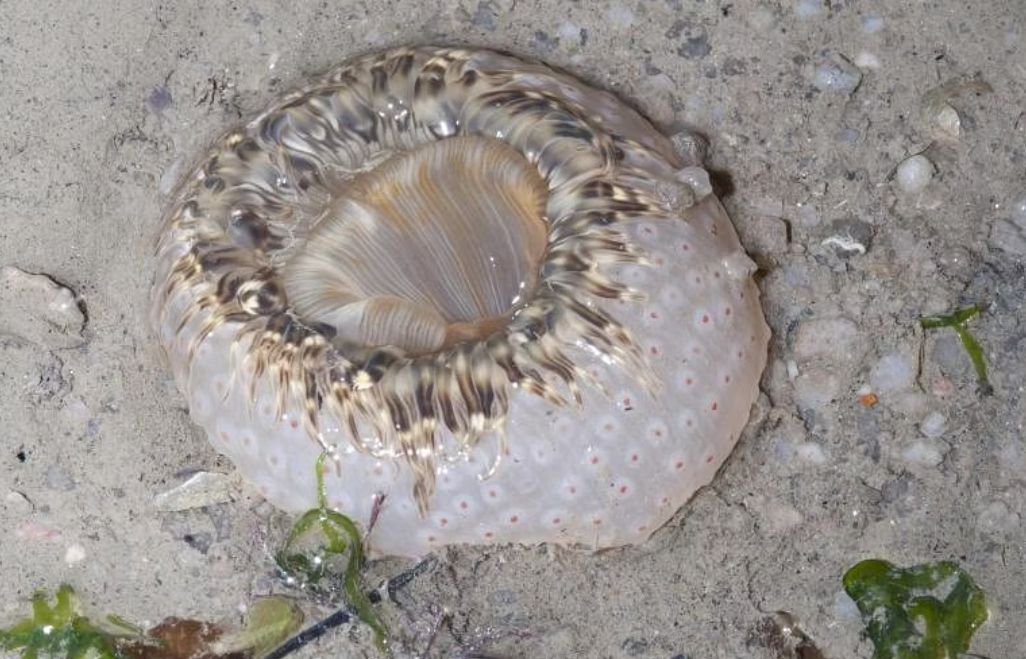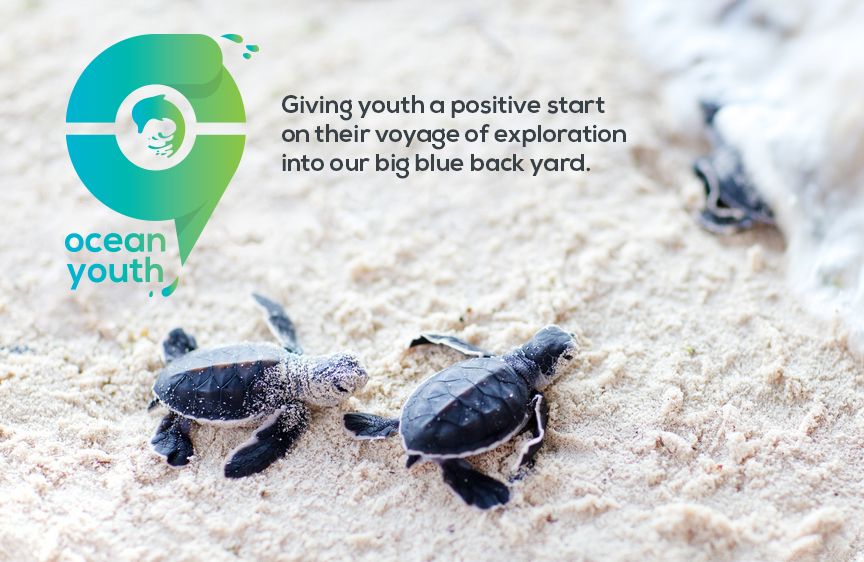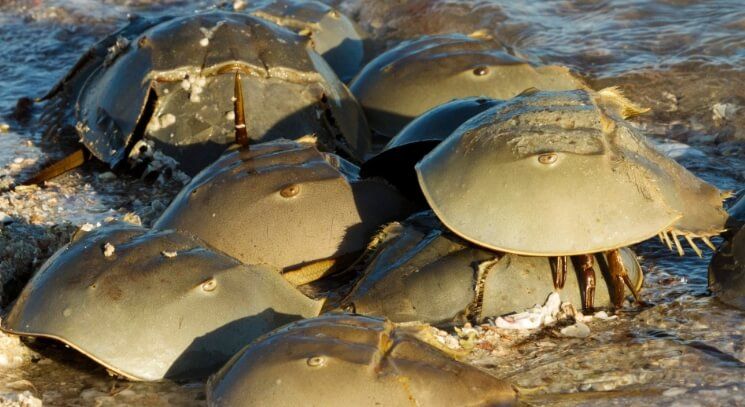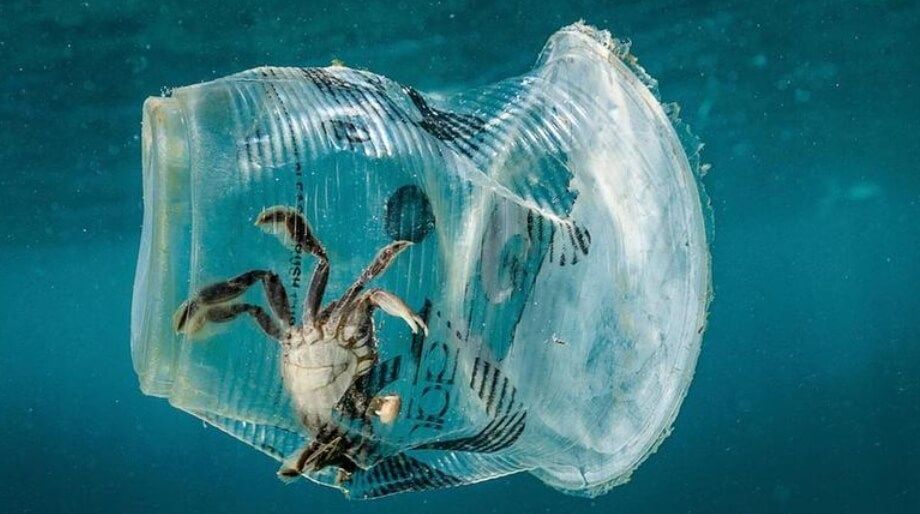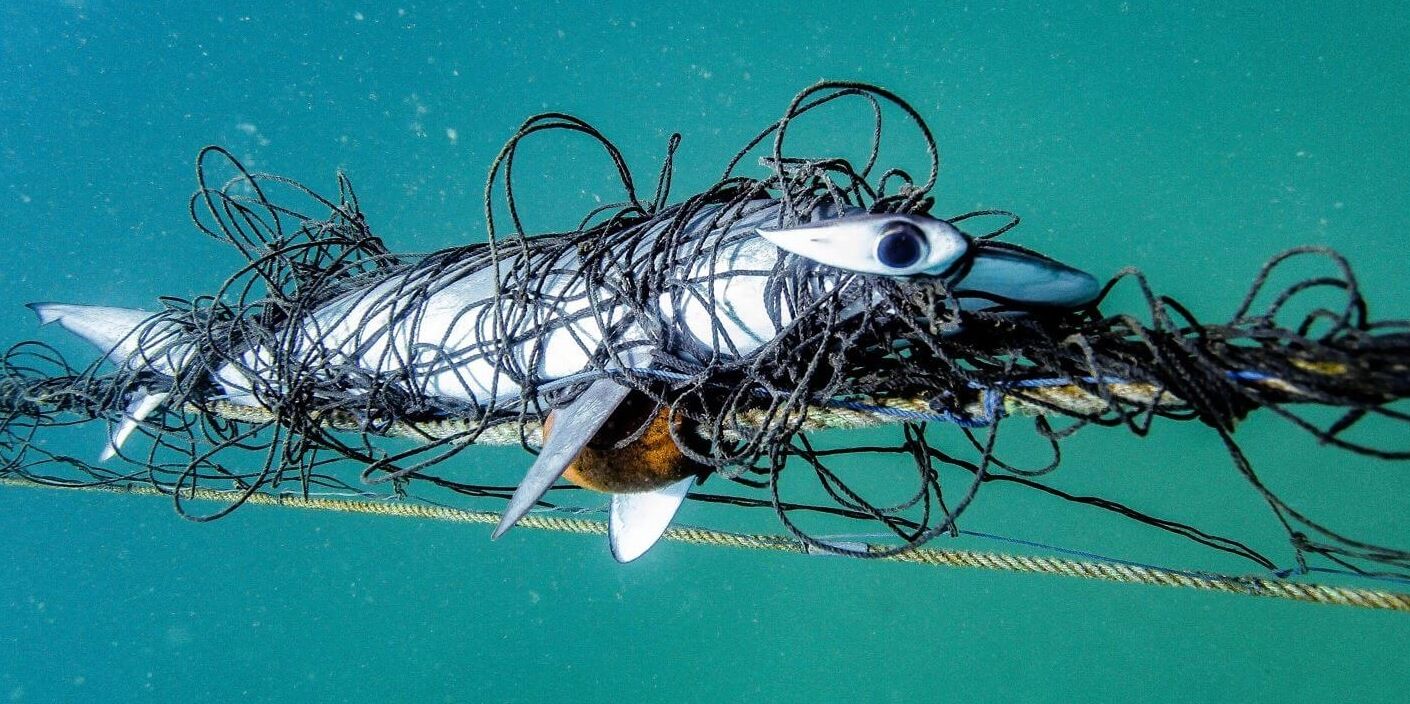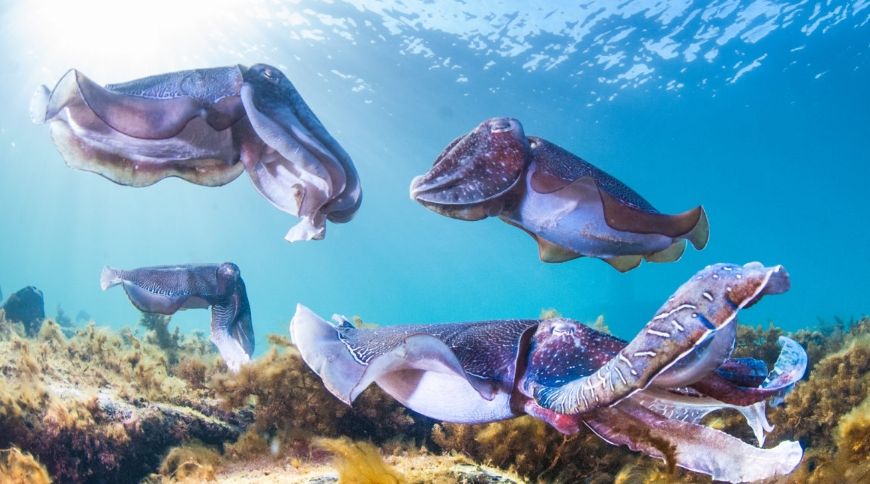Hidden amidst the sands of Changi’s shoreline, a sea anemone bearing a resemblance to a light-colored strawberry has recently been recognized as a novel species by local researchers.
Unveiling the Mysteries of the Tiger Anemone
Dubbed the “tiger anemone” due to its distinctive striping and its aptitude to consume prey larger than its size, the discovery was documented in the respected Zoological Studies journal. Marine enthusiasts had been aware of this creature since the early 2000s. However, it took sea anemone expert, Nicholas Yap, nearly ten years to determine its unique status.
Now a 39-year-old research associate at St John’s Island National Marine Laboratory, Yap shared with The Straits Times:
“These creatures form such a complex group, and their similarities can be deceiving. During my 2019 visit to the National Museum of Natural History in Paris, I sifted through countless anemone specimens for a fortnight to ensure none resembled the one in question.”
The process of verification encompassed genetic sample analysis and extensive scrutiny of numerous specimens worldwide. Joining Yap in this study were scholars from the Museum of Tropical Queensland and the National University of Singapore.
A Tribute to a Renowned Expert
The scientific designation, Macrodactyla fautinae, honors the esteemed Professor Emerita Daphne Gail Fautin from the University of Kansas, a leading authority on sea anemones who remained uncertain about this species during her Singaporean visits.
Dr. Yap disclosed that this tiger anemone is just one of the several species Professor Fautin couldn’t classify. He’s driven to continue his mentor’s legacy by further describing anemone varieties. Both Dr. Fautin and Dr. Yap were involved in uncovering the brown peachia anemone, Synpeachia temasek, exclusive to Singapore.
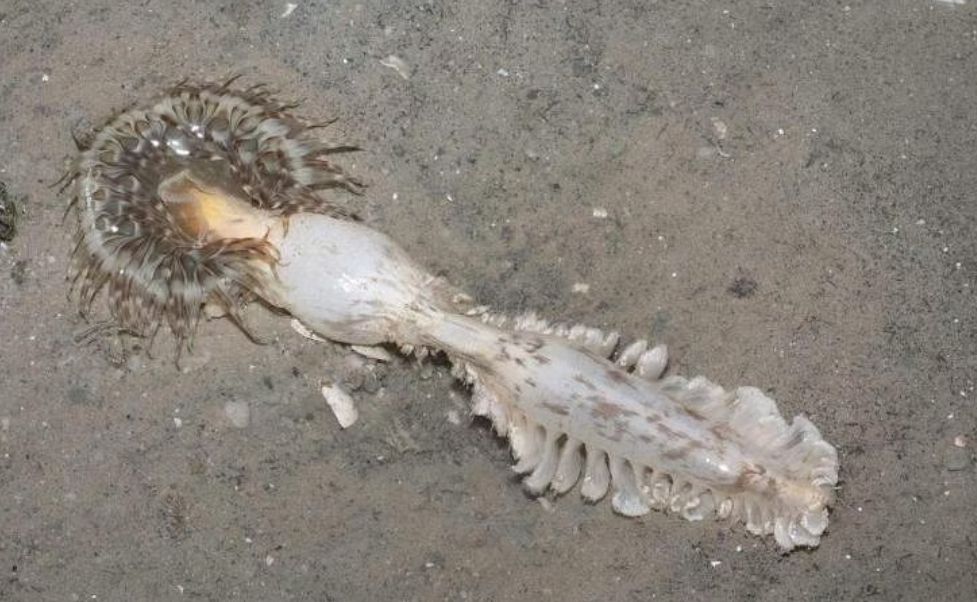
Marine enthusiast Ria Tan reminisced about Dr. Fautin’s contributions, depicting her as a “patient mentor who consistently began the day with positivity during marine surveys.” Tan, a member of Singapore’s Anemone Army — a name conceived by Dr. Fautin — spoke of her generosity, “She offered opportunities to everyone.”
This study’s scientists chose to christen a pink-spotted anemone after Dr. Fautin, as it bears resemblance to another anemone she named in honor of her spouse, Dr. Robert Buddemeier.
“Although the tiger anemone is prevalent around Changi, it remains unseen elsewhere, prompting further inquiry,” commented Dr. Yap.
Anemone specialist Meg Daly from Ohio State University opined that while the tropics are deemed less diverse for anemones compared to temperate and polar zones, the discrepancy likely stems from historical research biases. The true biodiversity in the Indo-West Pacific remains less charted, leading to potential misidentifications.
Highlighting the rarity of the discovery, Professor Daly mentioned:
“Typically, new species found nowadays are more inconspicuous or dwell in hard-to-reach habitats. The tiger anemone, being large and found in shallow waters, is truly exceptional.”
With over 1,000 identified sea anemone species, research continues into understanding their toxins and potential medicinal applications. Dr. Yap, who also investigates jellyfish, a kin of anemones, remarked on the importance of differentiating venom origins for effective treatments. For instance, while vinegar aids in neutralizing box jelly stings, it’s ineffective for others like the Portuguese man-of-war.
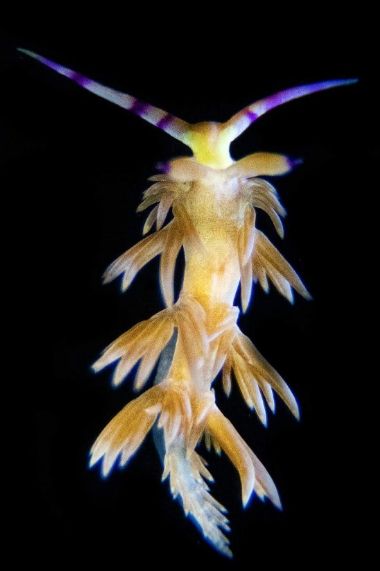
Additionally, the impact of climate change on sea anemones is under the lens. Dr. Yap added:
“We’ve observed certain anemones occupying spaces previously dominated by corals, thus preventing young corals from settling”.
Beneath the Surface: Further Discoveries
May saw another marine revelation by Singaporean researchers. The blue dragon, Pteraeolidia semperi, known as a nudibranch or sea slug, was identified not as a singular species but as multiple genetically distinct species with similar appearances. This insight emerged from Yale-NUS College graduate Nathaniel Soon’s research, inspired by his interactions with these vibrant sea slugs. His findings, featured in the Journal Of Molluscan Studies, revealed at least two blue dragon lineages within Singapore.
Commenting on the significance, Mr. Soon emphasized:
“Nudibranchs serve as critical ecosystem health indicators – regions with diverse nudibranch populations indicate robust and resilient reefs.”


